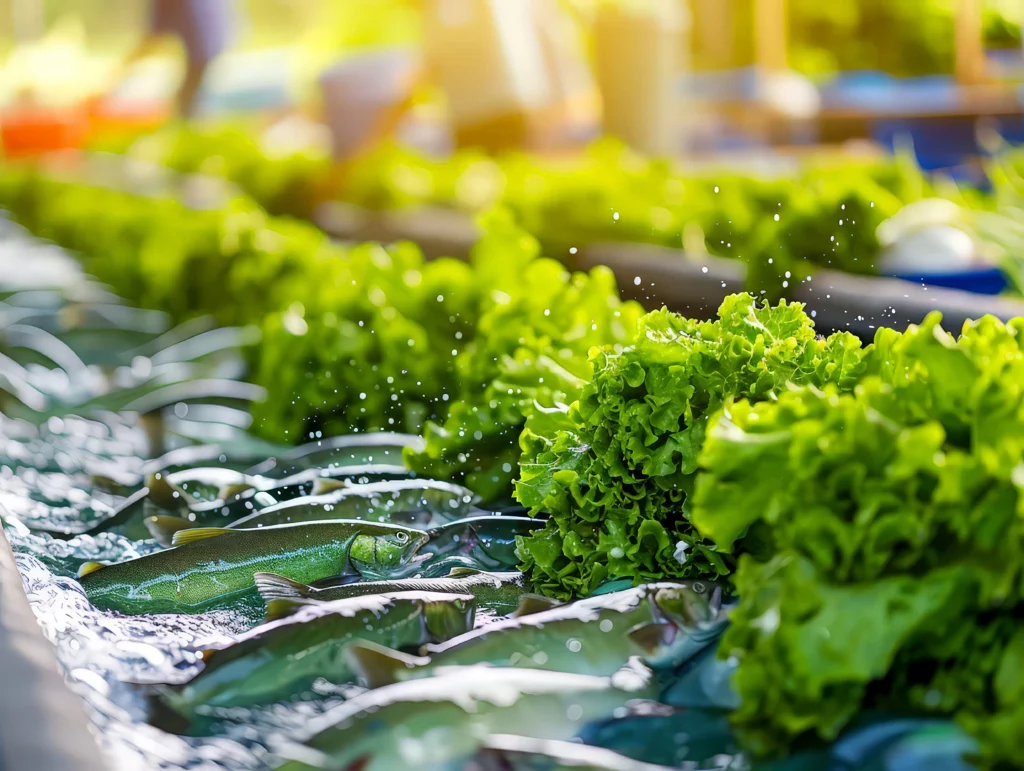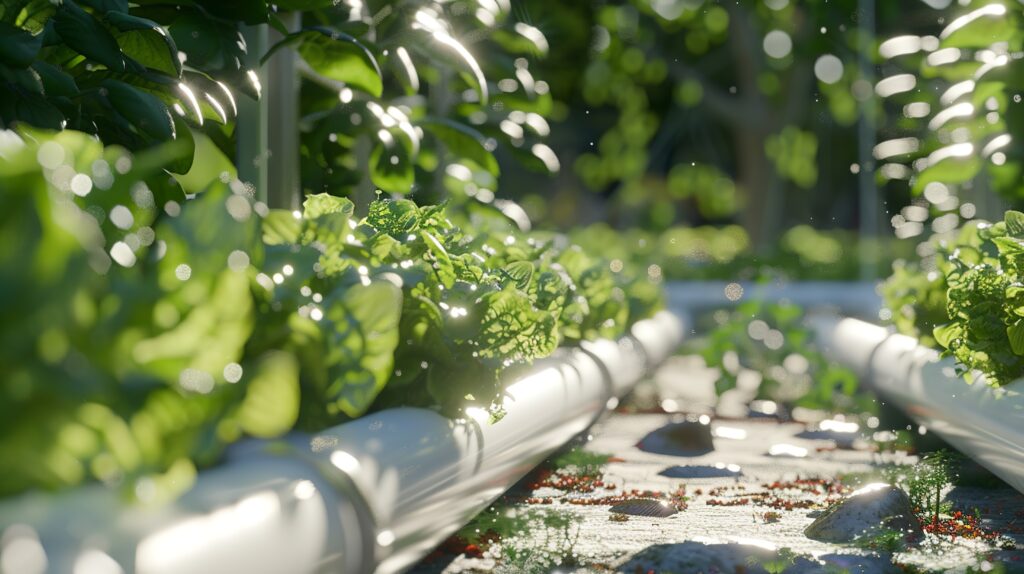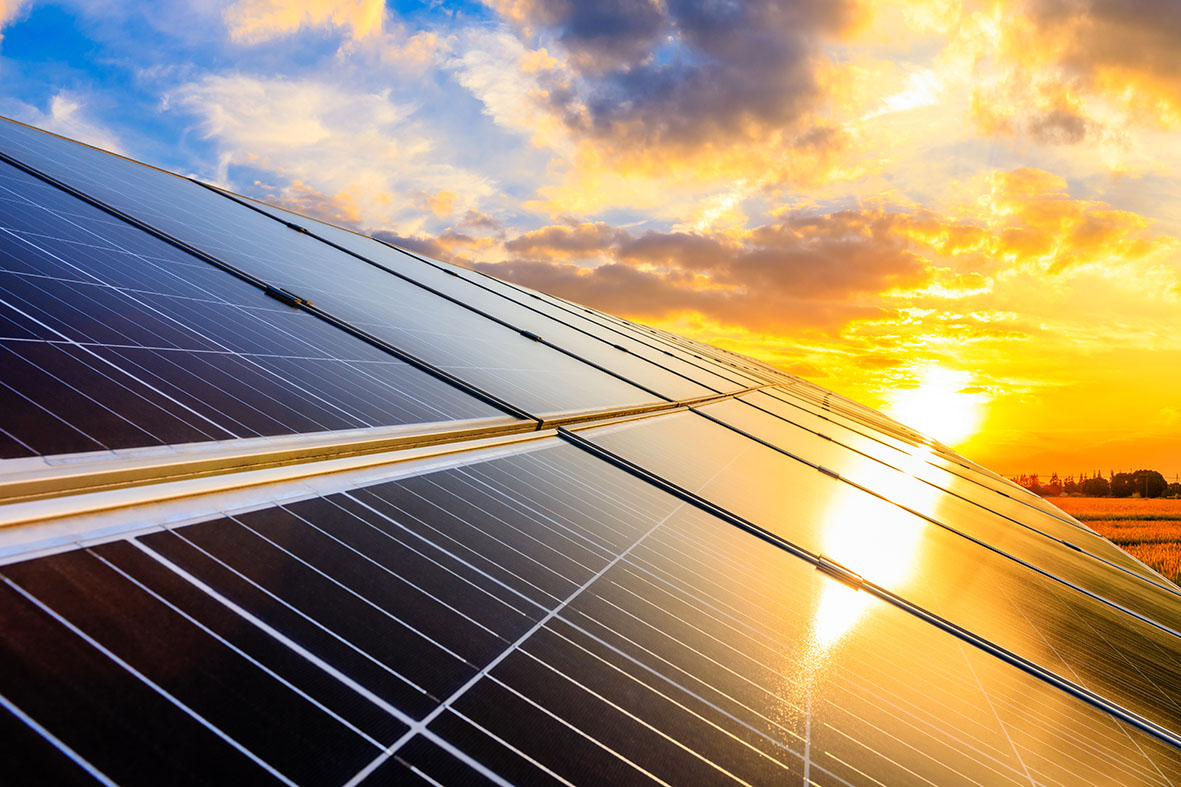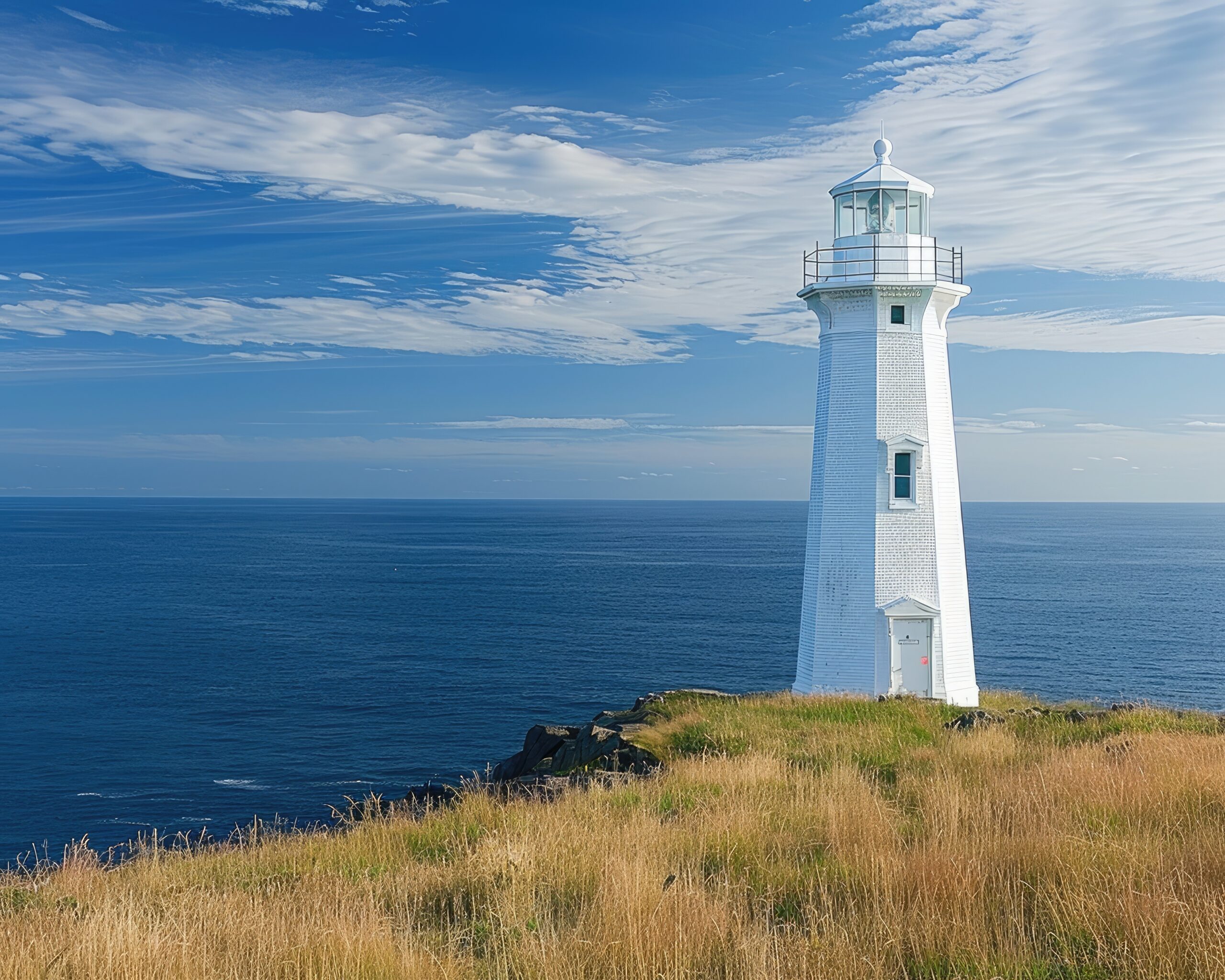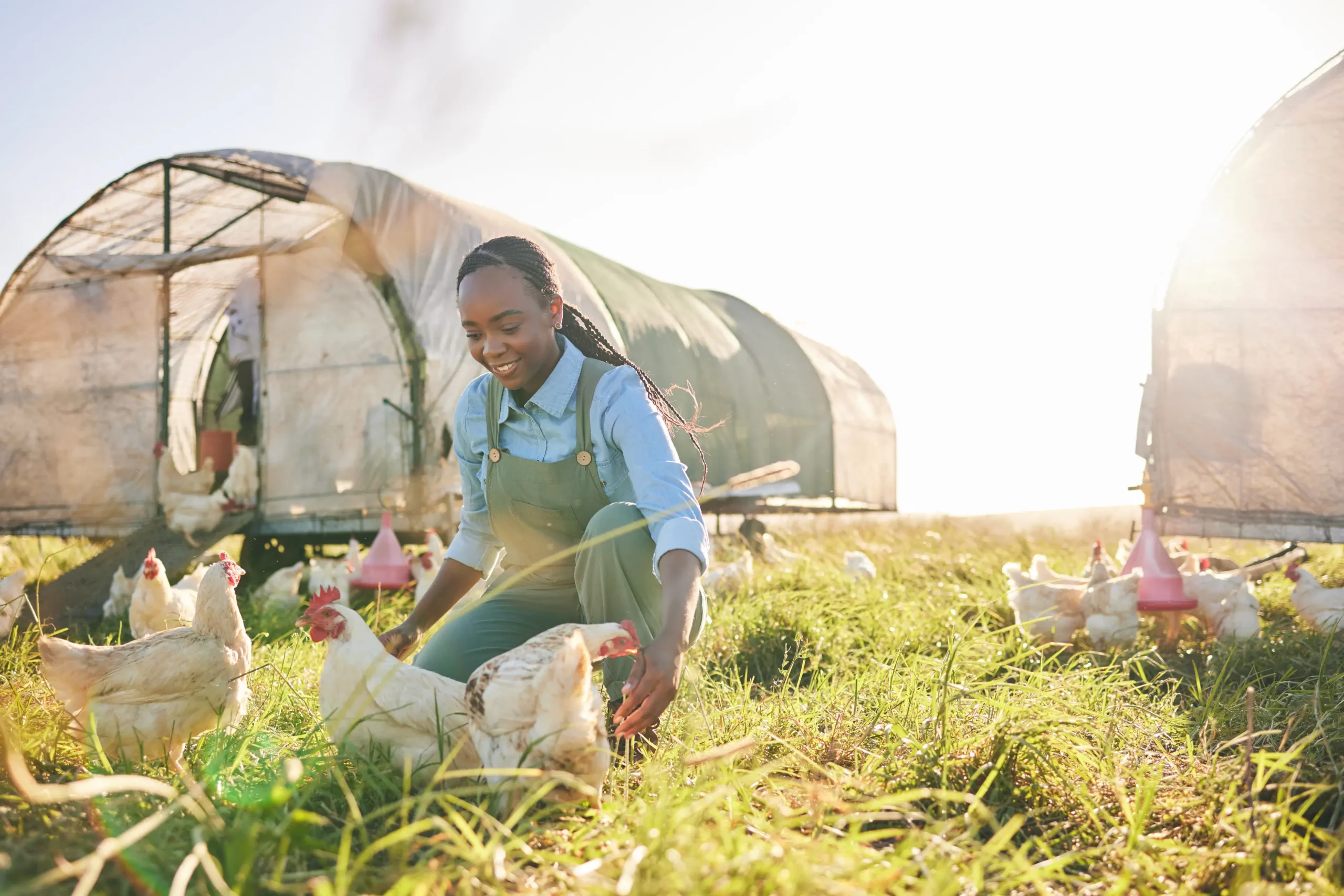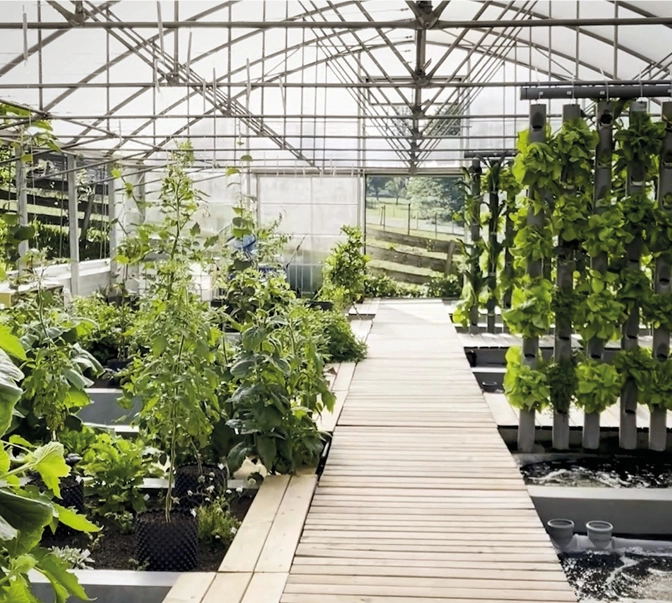
Austrian partner Peter Neudecker has built over 70 aquaponics systems worldwide with his company “Andersfarm.”
Currently, “Andersfarm” produces around 10 tons of African catfish per year with minimal energy and water consumption and low maintenance costs. This flagship system has been running self-sustaining and stable for years.
The same type of fish will be farmed in Namibia. The fish fillets will be positioned as a branded product (organic, sustainable, and environmentally friendly) and, among other things, exported to nearby South Africa.
An aquaponic fish farm is a stable system that allows for profitable, sustainable, and scalable fish farming in a small space. We plan to produce 150 tons of fish after 3 to 4 years, laying the foundation for economic success.
